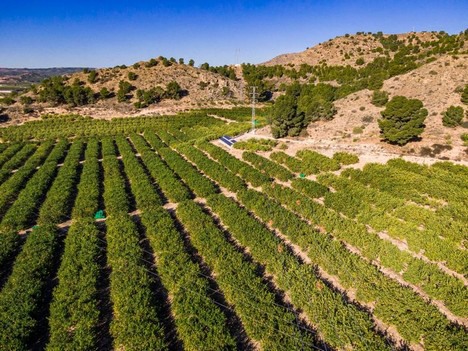The marketing of Fino (or Primafiori) lemons is already in its final stretch ahead of the arrival of the Verna, which will be harvested and marketed in April. The sale of the last Fino lemons is being carried out for prices ranging between 0.30 and 0.40€ per kilo, depending on the quality and percentage of fruit suited for commercial use.

"The difficulties with the supply are finally making it possible for selling prices to increase on the market," said Ailimpo. "On the one hand, heavy rains, unusual in Spain, have caused a temporary suspension of the harvest. On the other hand, the carrier strikes have hindered the transport of lemons to Europe. In this context of clearly reduced supply, the demand has finally tightened, and this has resulted in slight price increases. This trend should consolidate in this final stretch of the Fino lemon season."
The Verna campaign perfectly complements the commercial window of Fino lemons, since the bulk of the harvest takes place from the beginning of spring until the end of summer; a scenario that allows European lemon producers in Spain to meet the consumer demand.
As for the Verna lemon campaign, prospects point to a harvest close to 190,000 tons in 2022, which will entail a reduction of around 45% compared to the volumes of 2021. This is a result of last year's adverse weather conditions (cold, wind and excessive rainfall), which took a toll on the flowering and fruit setting in some production areas, according to Ailimpo.
